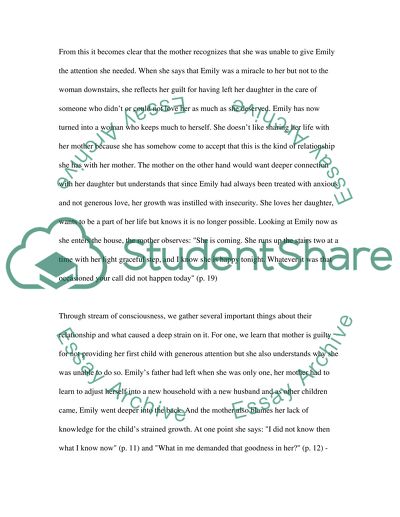Cite this document
(I stand here ironing Book Report/Review Example | Topics and Well Written Essays - 1750 words, n.d.)
I stand here ironing Book Report/Review Example | Topics and Well Written Essays - 1750 words. https://studentshare.org/sociology/1505067-i-stand-here-ironing
I stand here ironing Book Report/Review Example | Topics and Well Written Essays - 1750 words. https://studentshare.org/sociology/1505067-i-stand-here-ironing
(I Stand Here Ironing Book Report/Review Example | Topics and Well Written Essays - 1750 Words)
I Stand Here Ironing Book Report/Review Example | Topics and Well Written Essays - 1750 Words. https://studentshare.org/sociology/1505067-i-stand-here-ironing.
I Stand Here Ironing Book Report/Review Example | Topics and Well Written Essays - 1750 Words. https://studentshare.org/sociology/1505067-i-stand-here-ironing.
“I Stand Here Ironing Book Report/Review Example | Topics and Well Written Essays - 1750 Words”. https://studentshare.org/sociology/1505067-i-stand-here-ironing.


